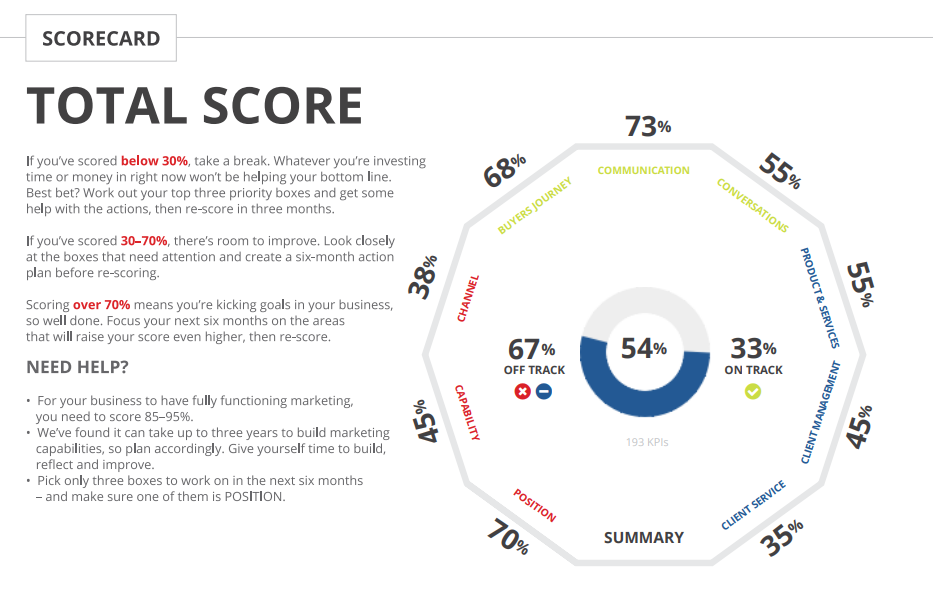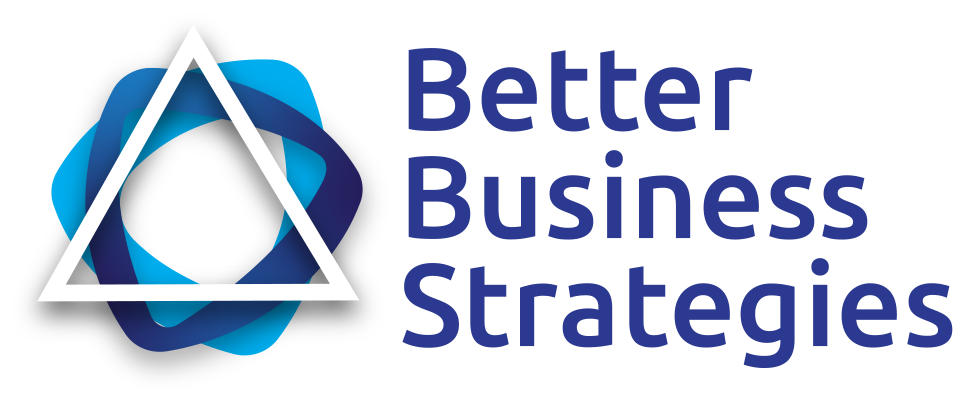So, do you know the people buying your products and services?
I mean, really know?
Their likes, dislikes, what they’re watching, what they want, what they need?The people who are either buying your products and services or who could be buying your products and services are your target market. Understanding this market is essential to your marketing.
Actually, it’s essential to your business. Period.
Creating customer loyalty is already tough. And it’s going to get tougher. The only way you’re going to even have a chance to develop customer loyalty is to fully understand your target market.
But before you can understand your target market, you need to define it. Whatever you do, DON’T say your target market is “the general public” or “mostly women” or, worse yet, “anyone can benefit from what I sell.”
While that all may be true, not everyone is going to buy your product. You need to narrow it down to the people most likely to buy and market just to them (trust me, even Wal-Mart has a target market).
You can also have different target markets. Senior citizens and teenagers may both buy your product, but chances are they’re buying it for different reasons. Take cell phones. Teenagers buy them because they’re comfortable with having access to people wherever they go. My 90-year-old grandfather bought one for emergency use only.
Remember, people don’t buy products; they buy what the product will give them. They don’t buy a hair dryer; they’re buying a way to become more attractive. They don’t buy books, they buy the experience or the knowledge the book will give them.
Start by defining your target market. Have several? Define them all.
Now it’s time to get to know the people in your target market. The more deeply you understand them, the more you will reap the rewards in increased sales and loyal customers. One way you can learn to connect with your customers is through role-playing.
Here’s how to do this:
- Read everything you can get your hands on about your target market. Demographic information, likes, dislikes, home environment, whatever you can find.
- Create a “typical customer profile.” Take all those details and make a composite character.Let’s say your target market is composed of married women in their thirties with small children and a full-time job. So, from that, you create a typical customer profile — a 35-year-old woman with two small children who works as a loan officer at Wells Fargo and her name is Marci (giving your character a name is very important). She also has a dog, a husband named Larry who works as computer programmer and a house in the suburbs.It doesn’t matter if any of this is true or not, the point is to make this “customer composite character” as real as possible.
- Now pretend to be Marci. Actually live in her skin. Think to yourself: “What would Marci do in this situation? What would she eat for breakfast? What would she think? How would she act?” Really try to get inside her skin.Don’t get discouraged if this doesn’t come naturally. It takes awhile to get the knack of it. Try this exercise for a few minutes over a few days — it should get easier each time you try it.
- Once you start to feel comfortable with this exercise, then you can ask your “target market character” questions. What do you really want from our products? What needs do you want fulfilled? What are you looking for? Ask yourself while you’re in “character” and see what answers bubble up. It may help to write your questions and answers down.
You can also do this as a group exercise, with people “acting” different target market characters.
By really getting to know your target market, you can discover what matters to them and how you can meet their needs. Connecting emotionally with your target audience is a powerful tool. It will give you a huge edge over your competition.


